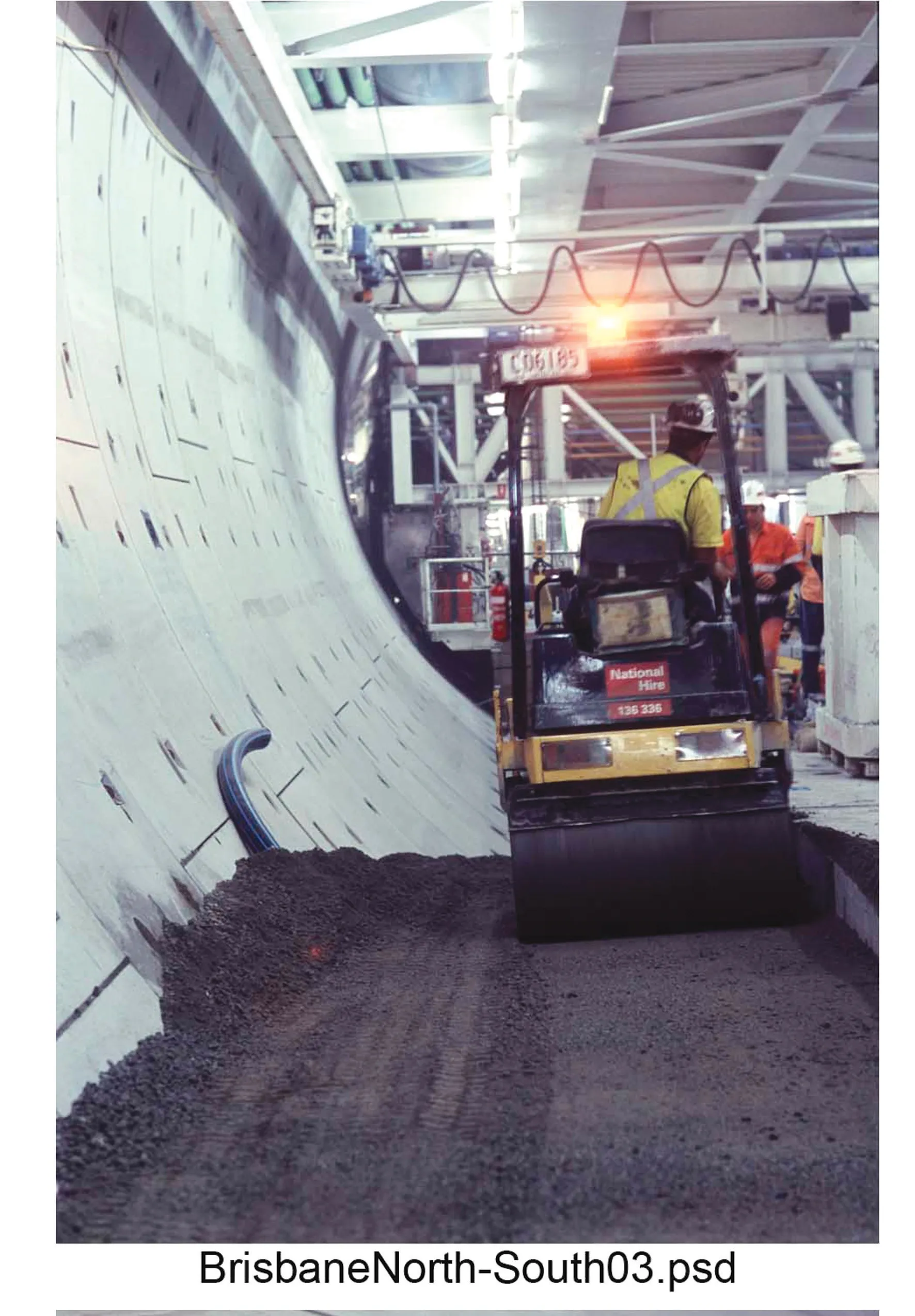Balfour Beatty this week began construction on a €23.05 million (£19 million) scheme to bypass two congested villages and link communities in Sefton along the west coast of Merseyside in Northwest England directly to the M57 and M58 motorways.
The road will be 4.5km long and connect the A565 Southport Road to the motorway junction at Switch Island, avoiding the villages of Thornton and Netherton.
The newly designated A5758 Broom’s Cross Road will relieve long-standing traffic issues in the area and provid
January 31, 2014
Read time: 2 mins
The road will be 4.5km long and connect the A565 Southport Road to the motorway junction at Switch Island, avoiding the villages of Thornton and Netherton.
The newly designated A5758 Broom’s cross Road will relieve long-standing traffic issues in the area and provide local environmental improvements, especially in terms of noise and air quality for impacted local communities.
The A5758 project will also be built to the latest environmental standards, involving the creation of four new ponds for wildlife and more than 2km of new footpaths. Balfour Beatty will be using recycled and secondary materials wherever possible during construction.
The firm is working with the ‘Sefton@Work’ organisation to provide previously unemployed local people with an opportunity to gain experience in construction.
Councillor Peter Dowd, leader of Sefton Council, said, “This is a landmark moment in the history of Sefton and will reduce journey times for thousands of motorists every day while reducing congestion in the communities of Netherton and Thornton. We look forward to working with Balfour Beatty to deliver this new road solution for the people of Sefton. ”
Peter Commins, Balfour Beatty managing director North West, said, “We are delighted to be constructing the Thornton to Switch Island Link Road in partnership with Sefton Council. We will be using our expertise in sustainable road construction techniques on the project. We are also committed to providing local benefit through our partnership.”
Balfour Beatty is a leading roads design, build, asset manager and maintenance provider, having delivered more than 20,000kms of road and 3,000 bridges worldwide including projects such as the M25 DBFO, the A46 Newark to Widmerpool link and the M4/M5 ‘smart’ motorway.







